GTM Tool Stack: Must Have Tools in 2025
Building better sales workflows that save time and boost pipeline without adding headcount
Blogby JanJuly 25, 2025
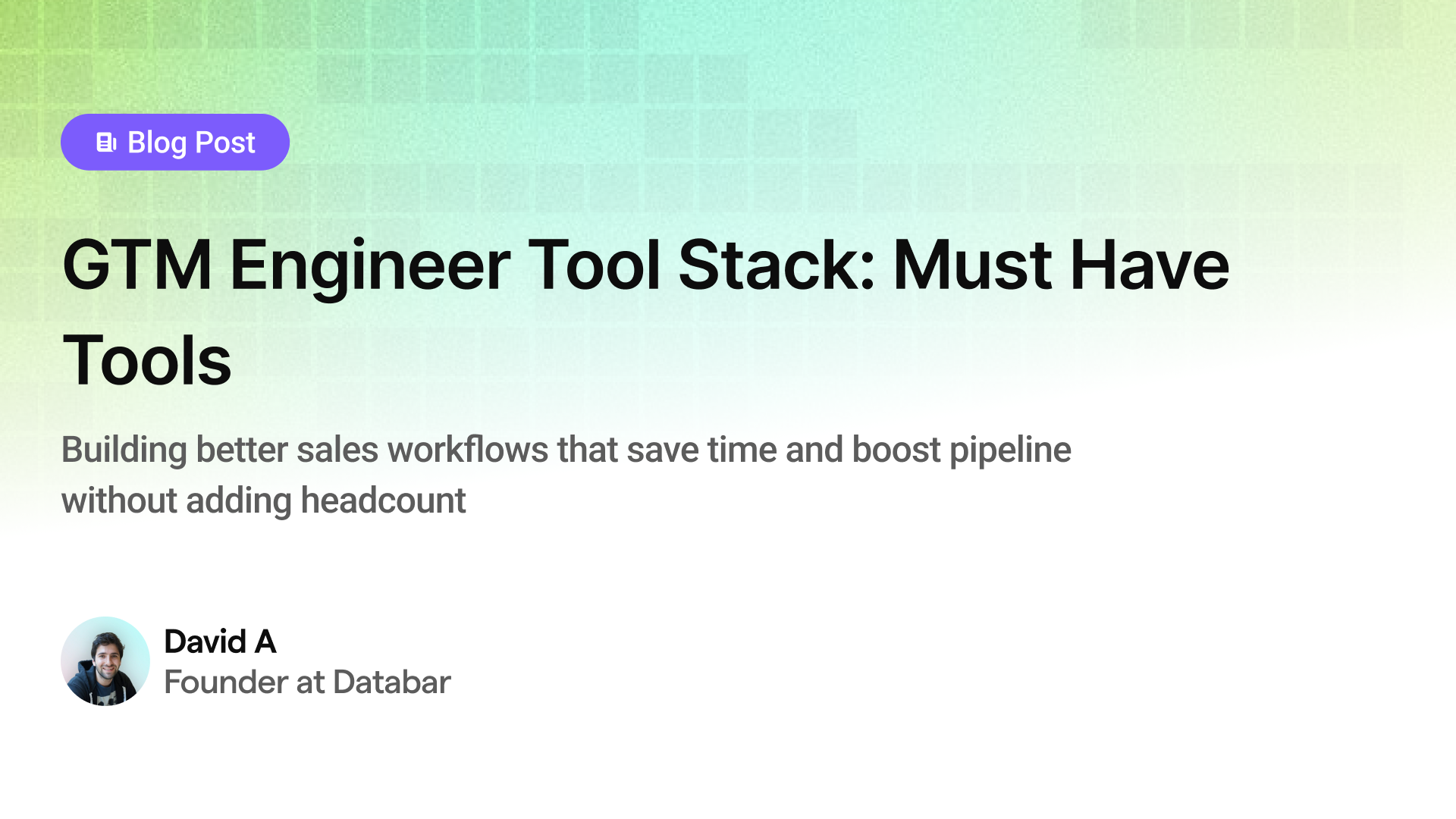
One GTM engineer now generates more pipeline than four traditional SDRs—at 70% lower cost. Companies that haven't made this shift are unknowingly competing with one hand tied behind their back.
The math is simple but brutal. Traditional sales teams burn through $200,000+ annually per rep (salary, benefits, tools, training) while hitting maybe 60-80% of quota. Meanwhile, a single GTM engineer running automated workflows consistently delivers up to 300-400% more qualified meetings using a $900 monthly tool stack.
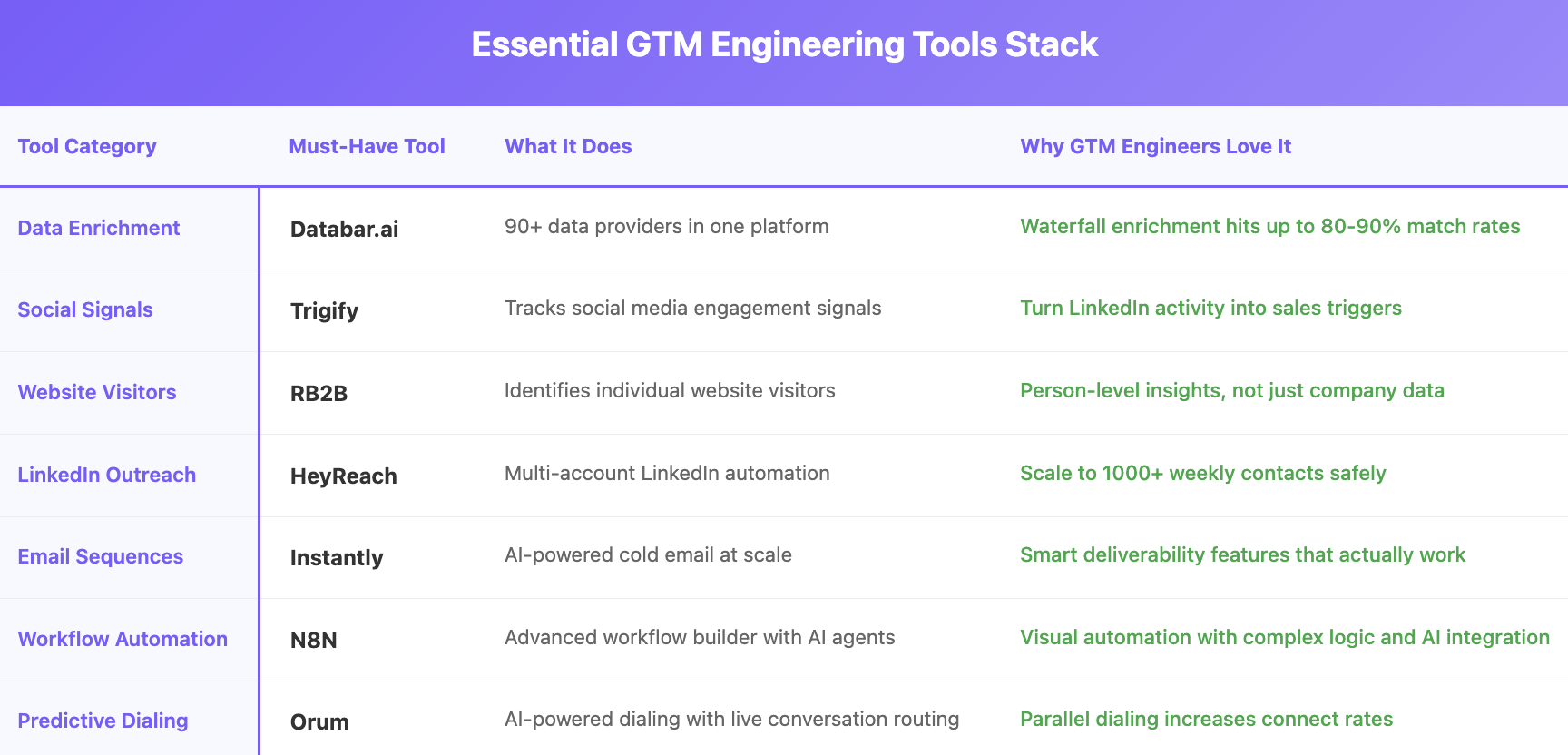
Automated workflows now identify high-intent prospects, enrich their data, craft personalized messaging, and trigger multi-channel outreach faster than traditional SDRs can update their CRM. We're watching the biggest shift in B2B sales since the invention of email—and most teams are getting left behind.
But here's what separates winners from losers: success isn't about buying the most expensive tools. It's about connecting the right tools into workflows that eliminate manual handoffs and create predictable revenue generation. The companies dominating their markets are building predictable revenue engines.
Why GTM Engineering Beats Traditional Sales Stacks
Traditional sales teams look like a collection of disconnected tools fighting each other. Marketing uses one platform, sales uses another, and operations spends entire days moving data between systems that refuse to communicate.
GTM engineering completely flips this approach.
Instead of collecting tools, you're building revenue-generating workflows. Every platform needs to justify its existence by either collecting signals, enriching data, automating decisions, or triggering actions. If it doesn't fit into an automated workflow, it doesn't belong in your stack.
The best GTM engineers think like software developers. They start with the end goal—booking qualified meetings—and work backward to build the most efficient path from signal to revenue.
Essential GTM Engineering Tools: Complete Overview
Signal Detection Tools
Trigify: Social Media Engagement Tracking

Trigify monitors social media engagement and identifies prospects who are actively engaging with content related to your solution. When someone likes a post about "sales automation" or comments on a thread about "outbound challenges," Trigify captures that signal and feeds it into your workflow.
Social signals reveal buying intent before prospects ever visit your website. A VP of Sales engaging with revenue operations content on LinkedIn, commenting on posts about sales infrastructure, liking content about CRM optimization—these behaviors indicate someone actively researching solutions.
The platform tracks engagement across LinkedIn, Twitter, and other social platforms, creating a comprehensive view of prospect behavior. Instead of cold outreach to random prospects, you're reaching people who are already researching solutions and showing buying signals.
RB2B: Website Visitor Identification
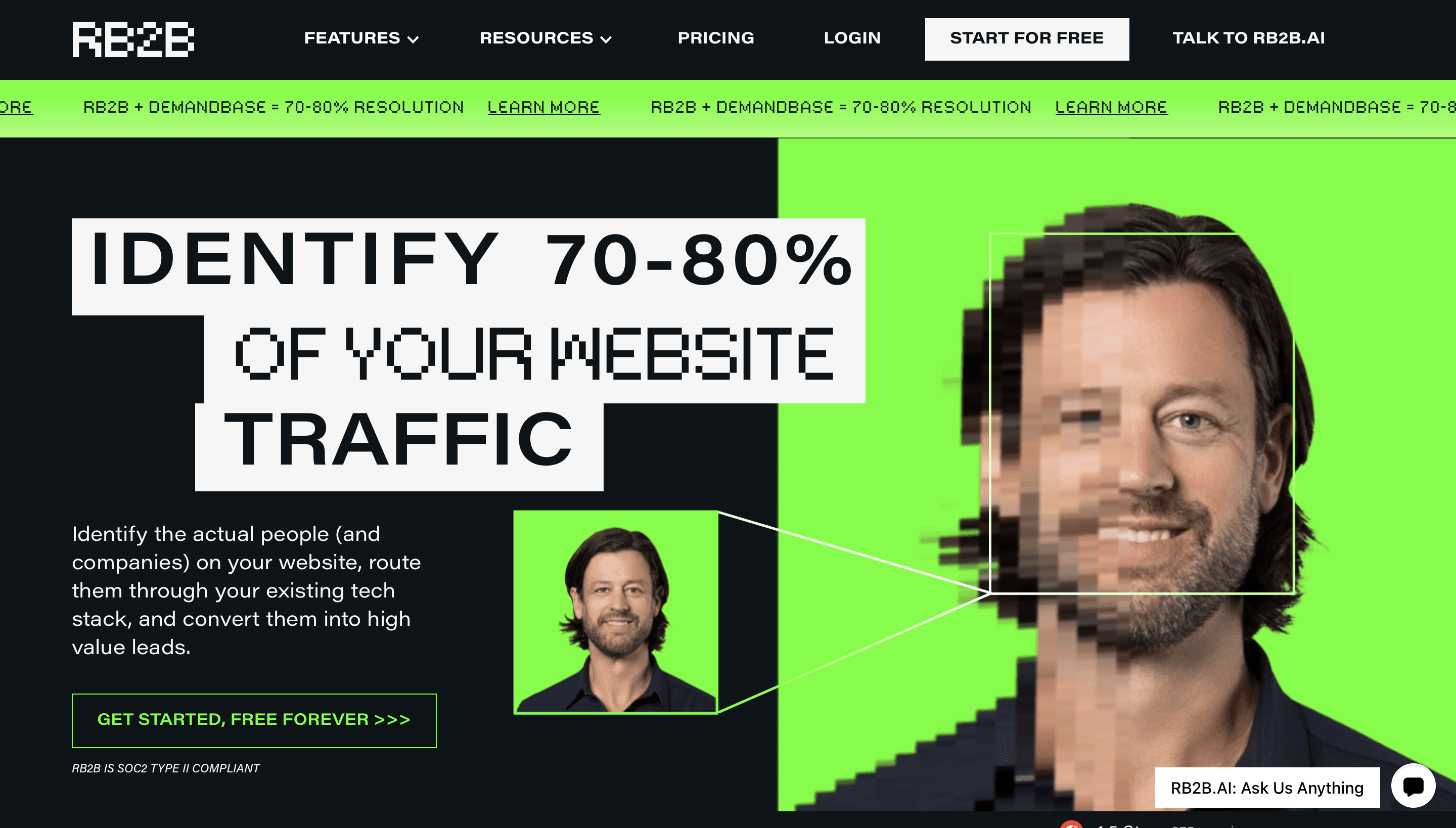
Your website gets thousands of visitors monthly, but you're only capturing maybe 2-3% through forms. The other 97% leave without a trace, taking their buying intent with them.
RB2B fixes this gap by identifying individual website visitors (approximately 25% of website visitors), not just company-level data. When someone from a target account visits your pricing page, you get their name, LinkedIn profile, job title, and email address delivered straight to Slack.
The success isn't in the volume of visitors you identify—it's in the behavior patterns you track. When a prospect visits your competitors' comparison page, that's a buying signal. When they spend time on your pricing page, that's intent. When they download multiple resources, that's engagement.
Data Enrichment Platform
Databar.ai: Data Intelligence
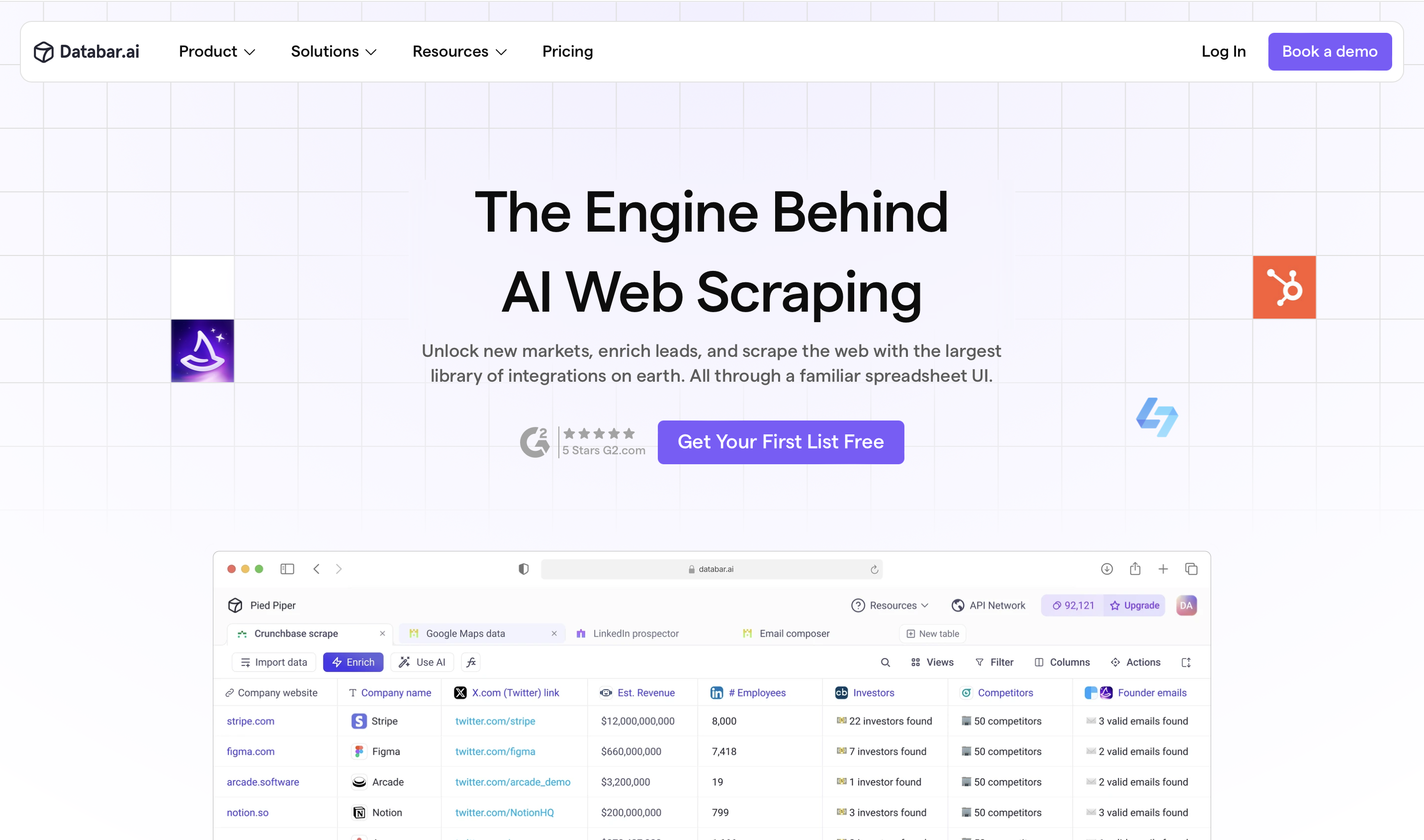
Most teams are still doing enrichment half-heartedly. They find an email address and call it done. Real GTM engineering means building comprehensive prospect profiles that inform every aspect of your outreach.
Databar.ai connects to 90+ data providers, which means if one provider doesn't have the data you need, it can automatically check the next one. Instead of 50% match rates from single providers, you're hitting 80%+ coverage.
The platform provides technographic data showing what tools prospects use, firmographic data revealing company size and revenue, social intelligence tracking content engagement and more. When all this data flows into your workflows, you can trigger different sequences based on prospect characteristics.
Outreach Tools
HeyReach: LinkedIn Automation at Scale
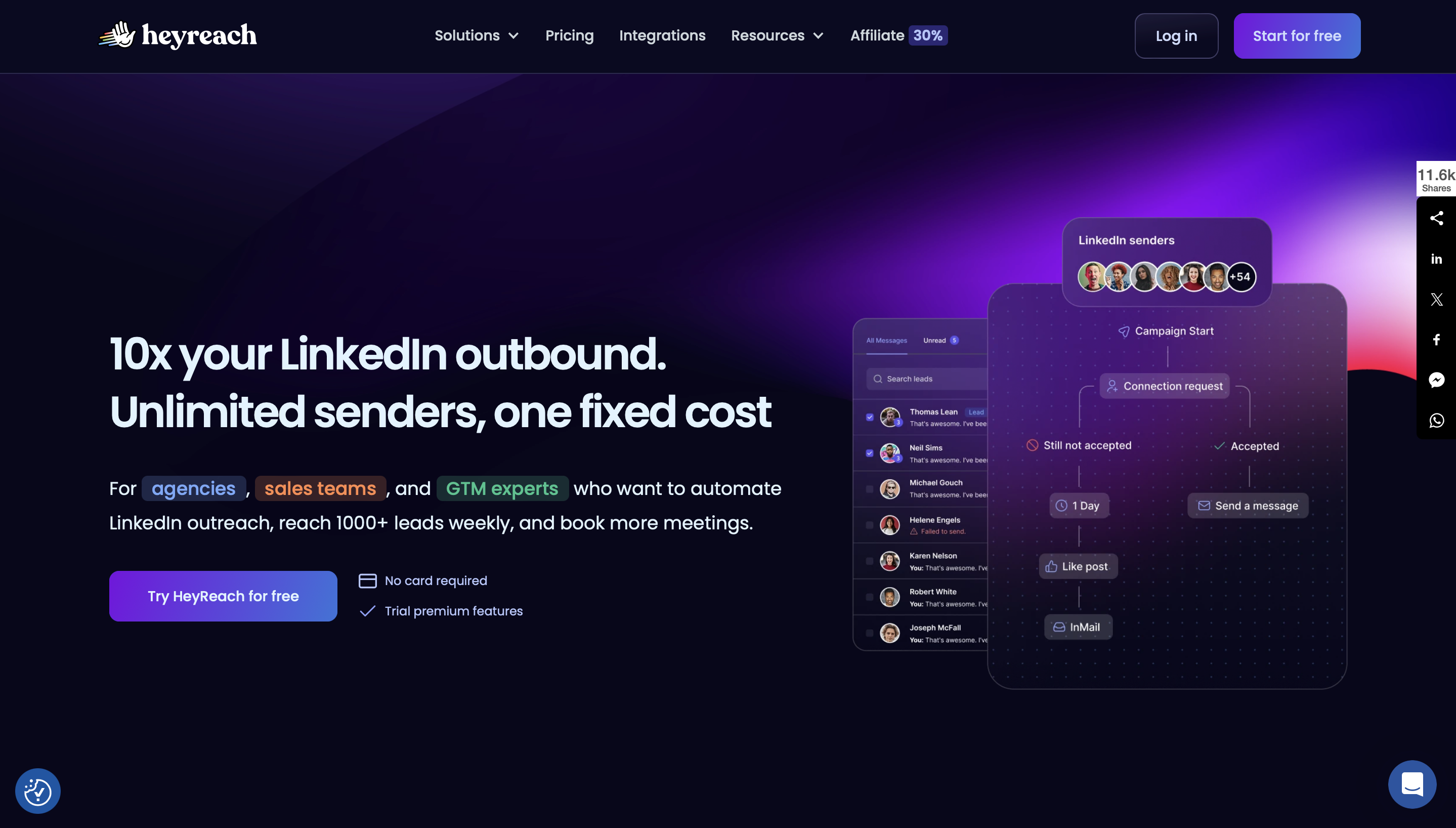
HeyReach handles LinkedIn automation while minimizing the risk of account restrictions. This isn't about blasting connection requests—it's about running multiple LinkedIn accounts with smart rotation, personalized messaging based on social signals, and integration with your enrichment stack.
The platform allows you to scale to 1000+ weekly contacts while maintaining personalization. The tool integrates directly with your enrichment data to customize messages based on company characteristics and behavioral signals.
Instantly: AI-Powered Email Sequences
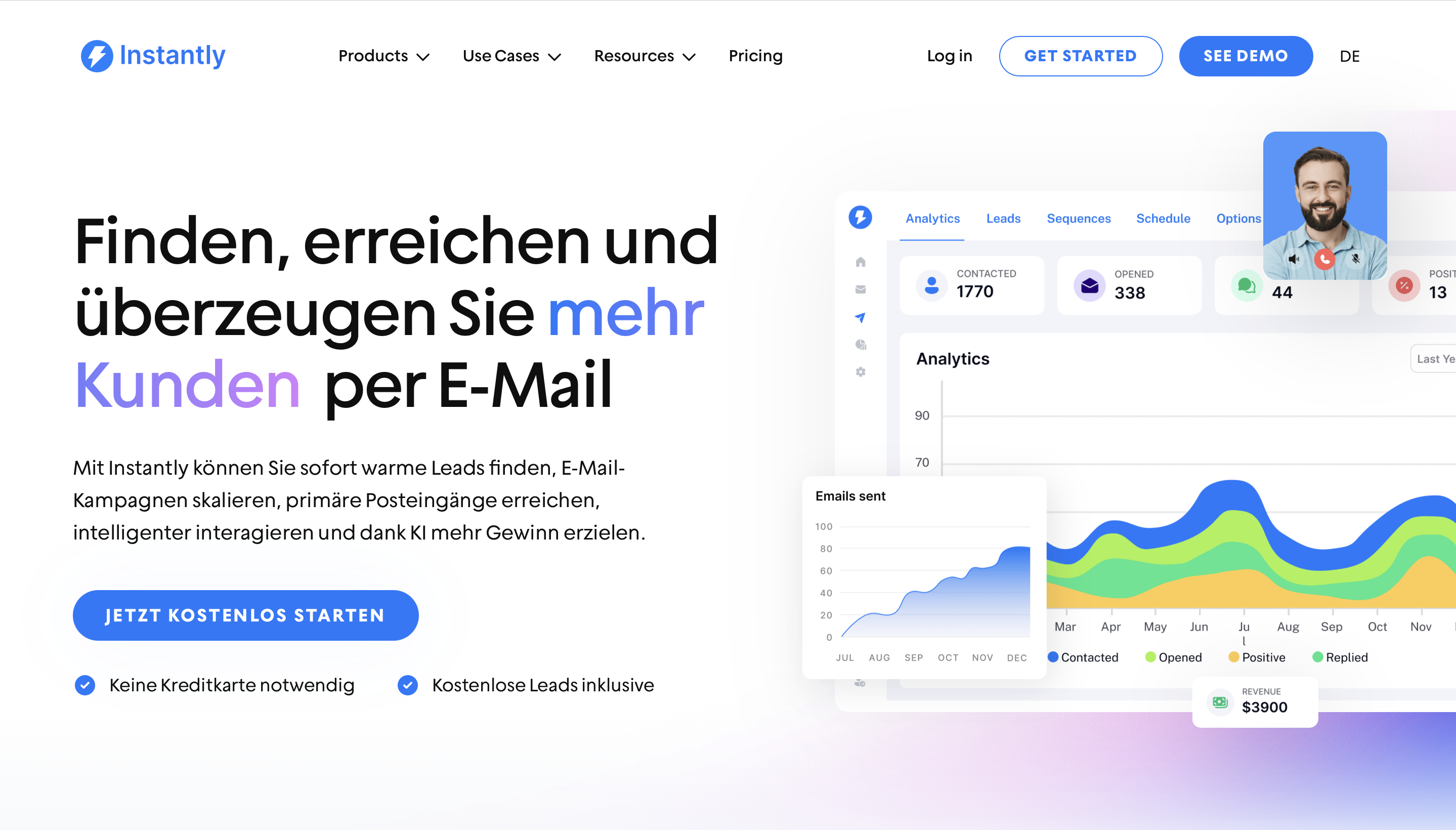
Instantly manages email sequences at scale. The platform uses AI-powered deliverability features to ensure your emails reach inboxes, not spam folders.
The tool integrates with your enrichment data to personalize messages based on company size, technology stack, and behavioral signals. Smart deliverability features include domain warming, send time optimization, and automatic list cleaning to maintain high sender reputation.
Orum: Predictive Dialing
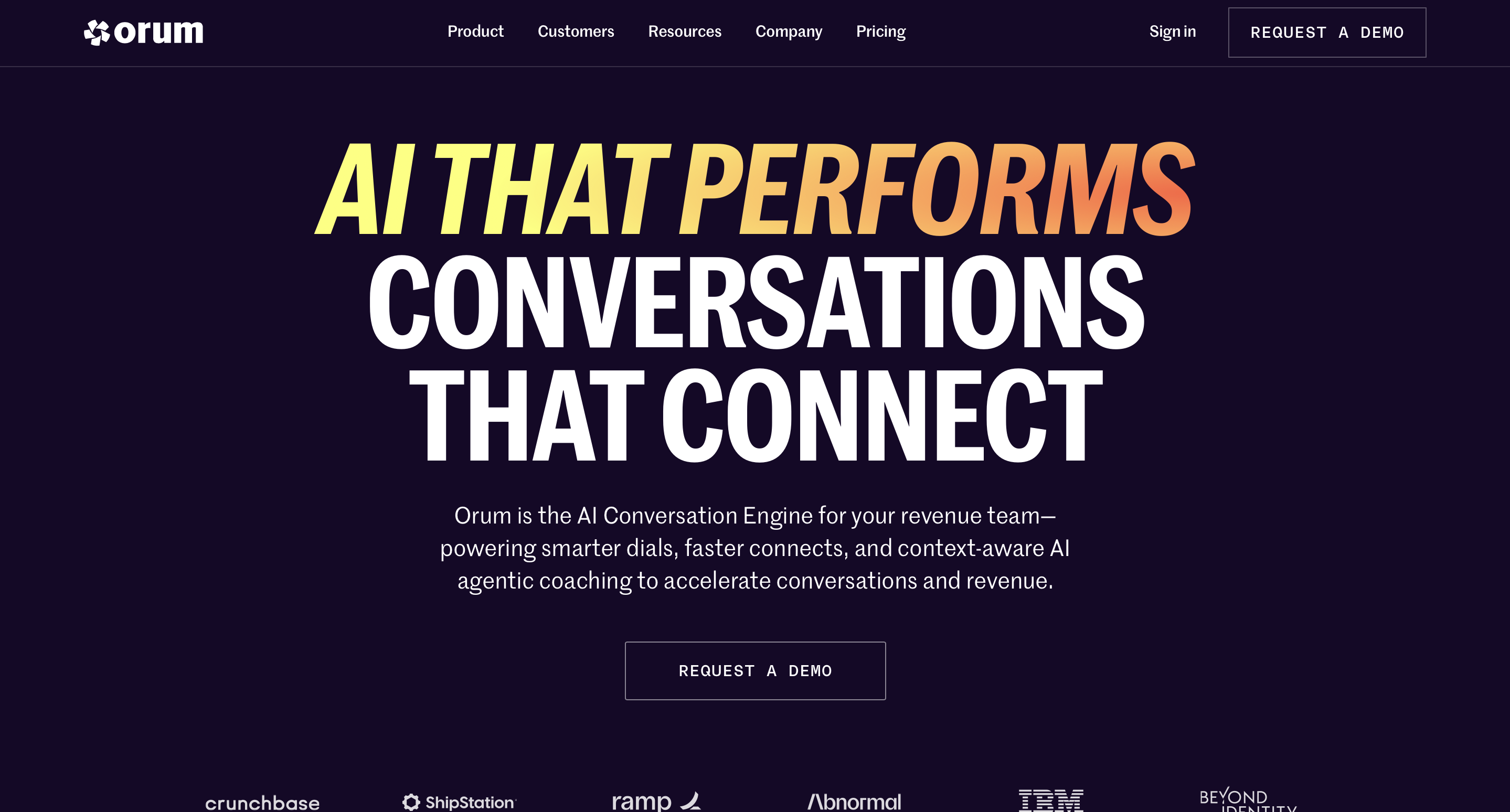
Traditional cold calling means SDRs make maybe 50-80 dials per day with 2-3% connect rates. Orum uses AI-powered parallel dialing to connect SDRs only when prospects actually answer, eliminating the time spent on voicemails and busy signals.
The platform automatically manages multiple simultaneous calls and provides complete context when prospects answer. SDRs see recent website activity, social engagement, and company intelligence, turning cold calls into warm conversations. Teams report increasing daily conversations from 3-4 to 18-22 per SDR.
Workflow Orchestration Engine
N8N: Visual Workflow Builder with AI Agents
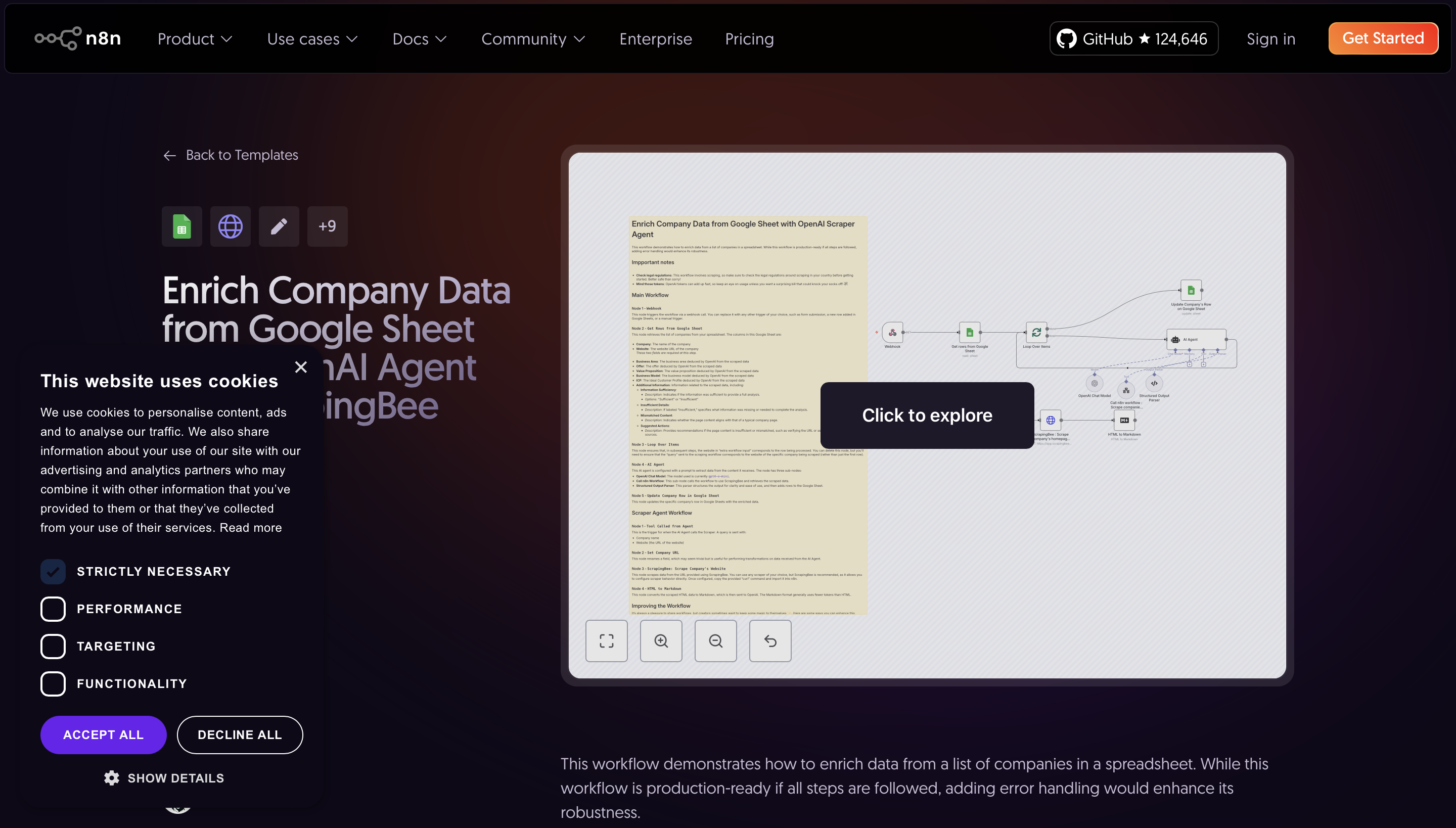
N8N serves as the central nervous system connecting all your GTM tools and making intelligent decisions based on data flows. Unlike traditional automation tools, N8N offers both pre-built integrations and the ability to create custom nodes for any API, making it perfect for complex GTM engineering workflows.
The platform's AI agent capabilities set it apart from basic automation tools. You can build workflows that use AI to analyze prospect data, make intelligent routing decisions, and even generate personalized messaging based on complex data inputs. N8N connects directly with tools like Databar.ai to process enriched data and trigger sophisticated multi-step sequences.
What makes N8N essential for GTM engineering is its visual workflow editor combined with enterprise-level functionality. You can build complex conditional logic, handle error scenarios, create sophisticated data processing workflows, and manage webhook integrations without extensive programming knowledge. When a prospect doesn't respond to the first three touchpoints, N8N automatically adjusts their lead score and triggers a different sequence.
The platform excels at creating intelligent workflows that adapt based on prospect behavior and engagement patterns. It processes if-then scenarios, manages data flows between platforms, and ensures prospects never fall through cracks—all while maintaining the flexibility to handle complex business logic that simpler automation tools can't manage.
Complete GTM Engineering Workflows
Workflow 1: Social Signal to Multi-Channel Outreach
Step 1: Signal Detection: Trigify identifies a VP of Sales engaging with content about sales automation tools. The prospect likes several posts about CRM optimization and comments on a thread about outbound challenges.
Step 2: Data Enrichment: The social signal triggers an automatic push to Databar.ai, which enriches the prospect's profile with company information, contact details, technology stack, and recent company news. The enrichment reveals they're using Hubspot CRM and their company just announced expansion plans.
Step 3: Intelligent Workflow Processing: Based on company scoring results (size (250 employees) and technology stack (using Hubspot)), Databar routes the prospect to the enterprise sequence focused on CRM modernization messaging.
Step 4: Multi-Channel Outreach Launch:
- LinkedIn (HeyReach): Sends connection request referencing their recent engagement with sales automation content
- Email (Instantly): Follows up 2 days later with case study about similar company upgrading from Pipedrive
- Phone (Orum): Schedules calls during optimal time windows when prospect is most likely to answer
Step 5: Dynamic Response Handling: When the prospect accepts the LinkedIn connection, N8N adjusts the email sequence to reference the LinkedIn interaction. If they engage with the email, the next LinkedIn message changes to continue the conversation naturally.
Workflow 2: Website Behavior to Immediate Outreach
Step 1: Visitor Identification: RB2B identifies a Director of Revenue Operations visiting your pricing page and competitor comparison pages. The behavior indicates active evaluation of solutions.
Step 2: Real-Time Enrichment: The visitor data immediately flows to Databar.ai, which enriches the profile with company details, recent funding information, and technology stack. The enrichment reveals they just raised Series B funding and are scaling their sales team.
Step 3: AI-Powered Qualification: Databar’s AI analyzes the enriched data to check if the prospect matches your ICP criteria (company size, industry, funding stage). The prospect qualifies as high-intent based on pricing page visits and recent funding.
Step 4: Immediate Multi-Touch Sequence
- Phone (Orum): Attempts to call while prospect is still on the website using parallel dialing
- LinkedIn (HeyReach): If no phone answer, sends connection request within 10 minutes mentioning their recent website visit
- Email (Instantly): Follows up with relevant content about scaling sales operations
Advanced Personalization at Scale
The biggest fear about GTM automation is ending up with robotic, obviously templated outreach that prospects can spot from a mile away. The secret is using AI for research and insights, not only for writing entire messages.
Tools like Databar orchestrate the entire personalization workflow. When a new prospect enters the system, it triggers research workflows that analyze the prospect's LinkedIn activity, company news, recent funding, technology stack, and social engagement. AI summarizes these insights into 2-3 personalized talking points.
Those insights get fed into HeyReach and Instantly as dynamic variables. Instead of using generic templates, your messages reference specific details about the prospect's situation. The AI research identifies the hook and writes a human-sounding messaging framework.
When prospects answer calls through Orum, the parallel dialing system provides complete context about their website behavior, social engagement, and previous touchpoints. SDRs aren't making cold calls—they're having warm conversations with prospects who are already familiar with the brand.
Making Everything Work Together
The biggest mistake GTM teams make is buying great tools that don't integrate with each other. You end up with data silos, manual handoffs, and workflows that break every time someone updates a system.
Here's the integration architecture that works using the tool stack shown above:
Trigify and RB2B feed signals into Databar.ai for enrichment. Everything flows into N8N for intelligent processing, workflow orchestration, and complex business logic management. HeyReach and Instantly handle digital outreach based on enriched data. Orum manages phone conversations with complete prospect context. All activity gets tracked back to your CRM for reporting and attribution.
Implementation Strategy: Building Your Revenue Engine
Start simple. Pick one signal source (either Trigify or RB2B), one enrichment tool (Databar.ai), and one outreach channel (HeyReach for LinkedIn).
Once that's working, add complexity gradually. Layer in email sequences through Instantly, phone conversations through Orum, and advanced agent capabilities through N8N. Add more sophisticated logic and intelligence, but always start with a workflow that generates revenue before you optimize for efficiency.
Monthly costs breakdown:
- Databar.ai: $129/month for enrichment across 90+ providers
- Trigify: $149/month for social signal monitoring
- RB2B: $149/month for website visitor identification
- HeyReach: $79/month for LinkedIn automation
- Instantly: $97/month for email sequences
- N8N: $50/month for advanced workflow automation with AI capabilities
- Orum: $250/month for AI-powered parallel dialing
Total monthly cost: ~$903 per month. But one GTM engineer can generate pipeline equivalent to 3-4 traditional SDRs, making the economics compelling even for small teams.
Frequently Asked Questions
Can small teams benefit from GTM engineering, or is it only for enterprise companies? GTM engineering is actually perfect for small teams. With 2-3 people, you can build workflows that generate pipeline equivalent to a 10-person traditional SDR team. The automation gives small teams competitive advantages against much larger organizations.
How long does it take to see results from implementing GTM engineering? Basic workflows can start generating results within 2-3 weeks. Full GTM engineering implementations typically show significant results within 60-90 days. The key is starting with simple workflows and adding complexity as you prove value.
What skills do team members need to implement GTM engineering? You need people who understand both the technical aspects of automation tools and the commercial aspects of sales and marketing. Many successful GTM engineers come from RevOps, growth marketing, or sales backgrounds and learn the technical skills on the job.
What's the biggest mistake teams make when building their first GTM engineering workflows? Trying to automate everything at once. Start with one simple workflow that works, then add complexity gradually. Most teams fail because they build elaborate systems before proving the basic concept generates revenue.
Related articles
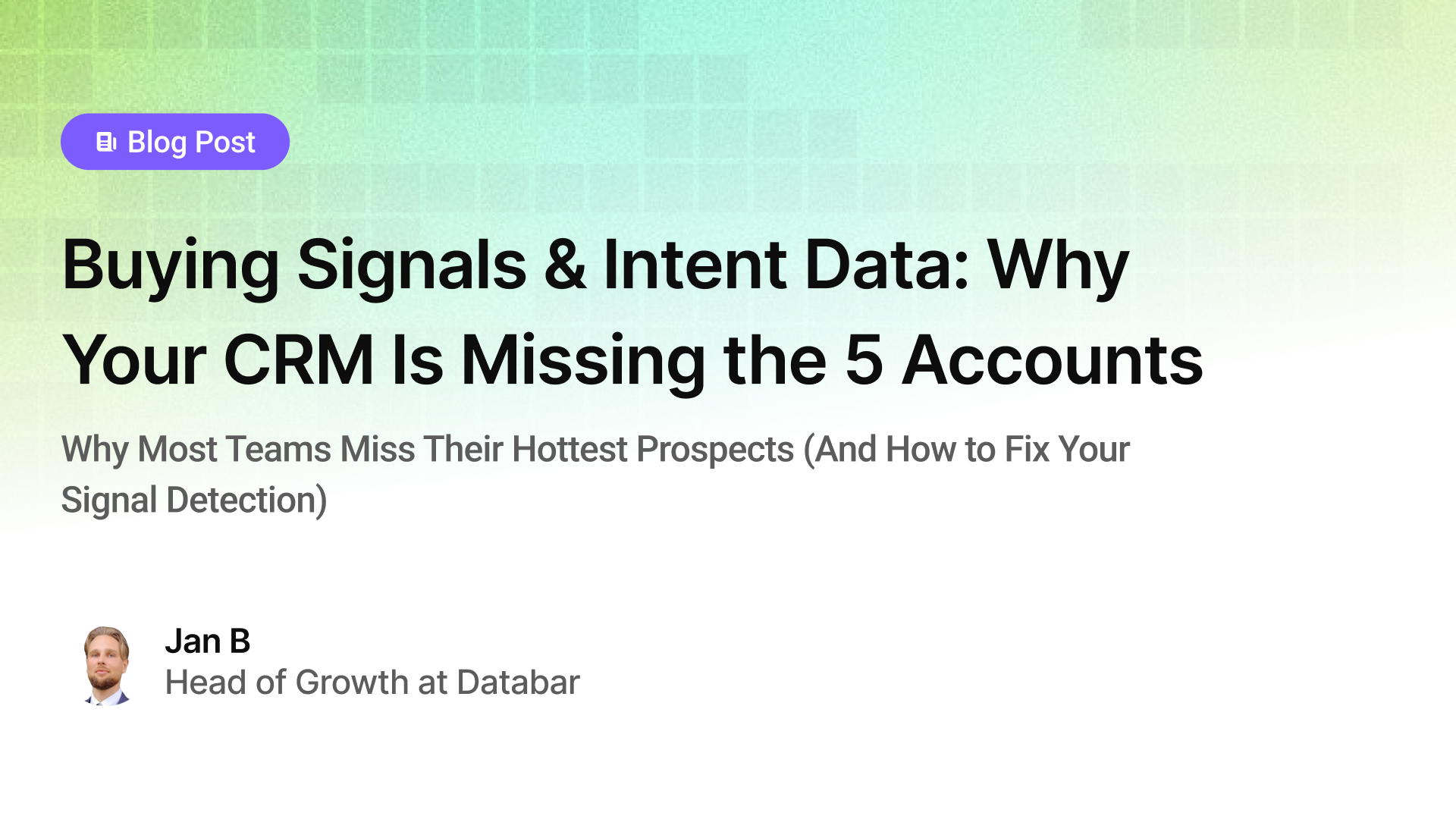
Buying Signals & Intent Data: Why Your CRM Is Missing the 5 Accounts
Why Most Teams Miss Their Hottest Prospects (And How to Fix Your Signal Detection)
by Jan, October 06, 2025

Lead Scoring & Account Segmentation: Why Most CRMs Get This Backward (And How to Fix It)
How to build a system that tells your team who to call, when, and why
by Jan, October 06, 2025
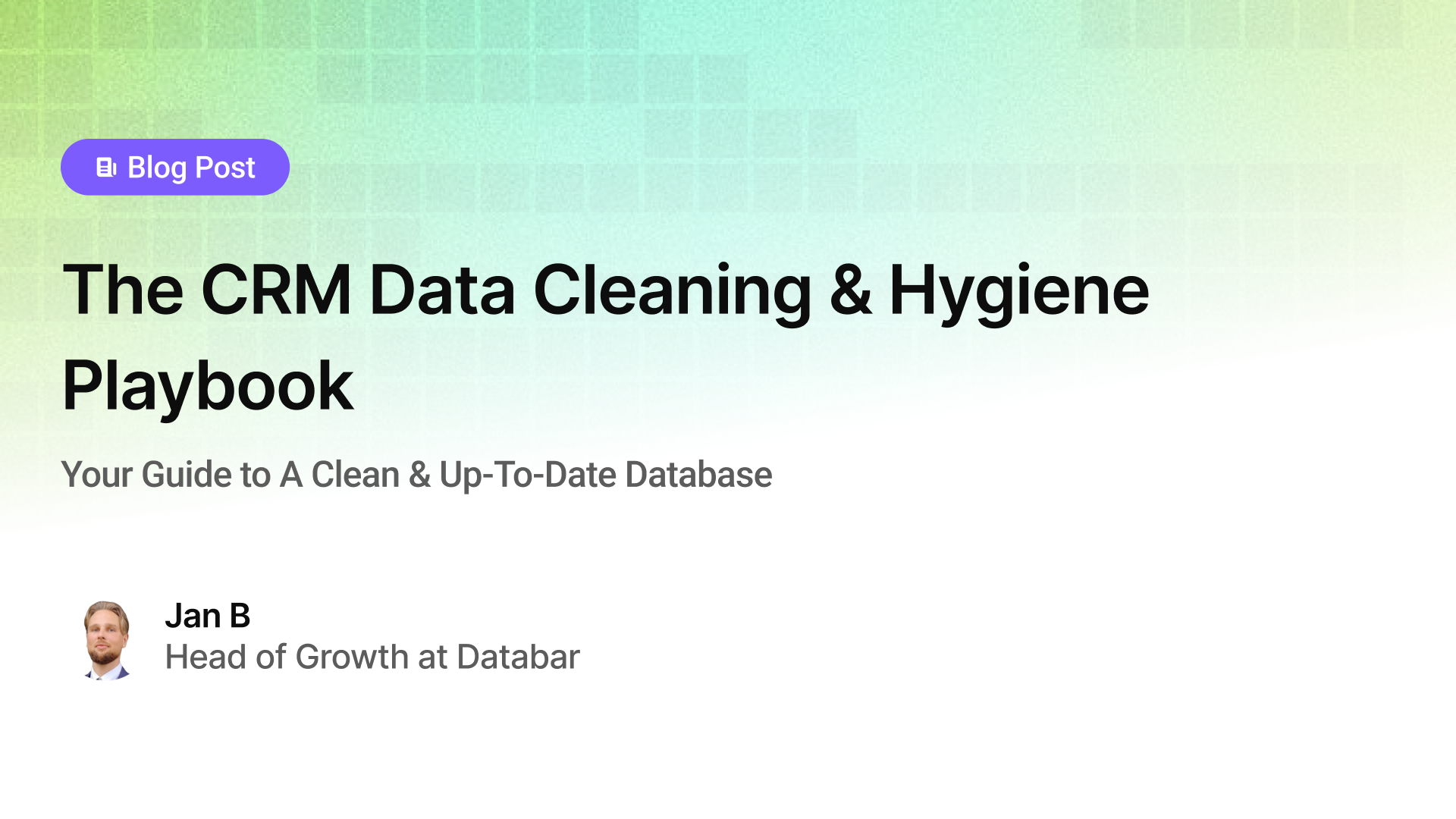
The CRM Data Cleaning & Hygiene Playbook
Your Guide to A Clean & Up-To-Date Database
by Jan, October 04, 2025
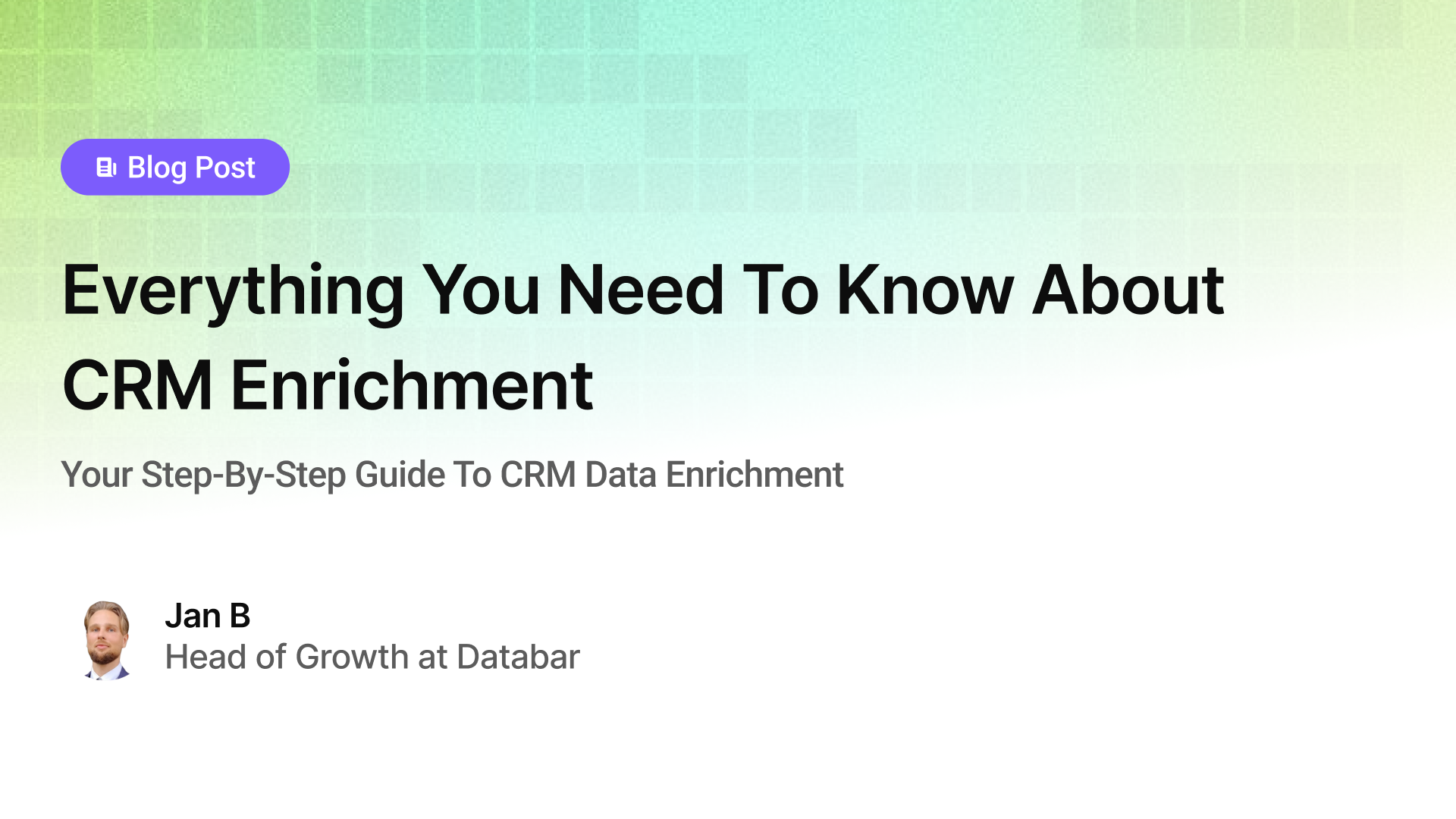
Everything You Need To Know About CRM Enrichment
Your Step-By-Step Guide To CRM Data Enrichment
by Jan, October 03, 2025
